

Is Ganoderma medicine or food?
Food therapy has been an effective disease prevention method in China since ancient times. In the Compendium of Materia Medica, Ganoderma belongs to the vegetable department. It is mild-natured and non-toxic, and safely eatable for a long time. It is very consistent with the Chinese philosophy on the homology of medicine and food. In the past, the emperors of ancient China even ate it as a vegetable.
The information comes from the Ganoderma Academic Research and Development Committee (ganoderma.org).
02
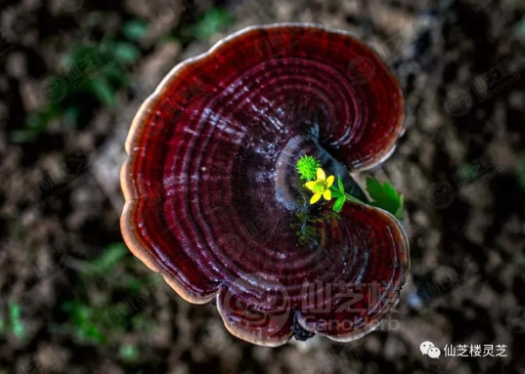
Will Ganoderma that has been decocted in water be more effective?
Ganoderma contains many physiologically active ingredients that are beneficial to health, but some ingredients are soluble in water and some ingredients are soluble in alcohol. For example, alcohol is needed to completely extract the triterpenes..
Therefore, the traditional water decoction method, from the perspective of modern science, will lose or reduce the active ingredients of Ganoderma against liver disease, heart disease, allergies, rheumatism, diabetes, nephropathy, hematopoietic system, etc. But water-decocted Ganoderma still has a positive effect on diseases such as high blood pressure and cancer. Therefore, even if it is good Ganoderma, it must be extracted with a combination of water and alcohol to obtain the most effective Ganoderma ingredients.
The information comes from the Ganoderma Academic Research and Development Committee (ganoderma.org).
03
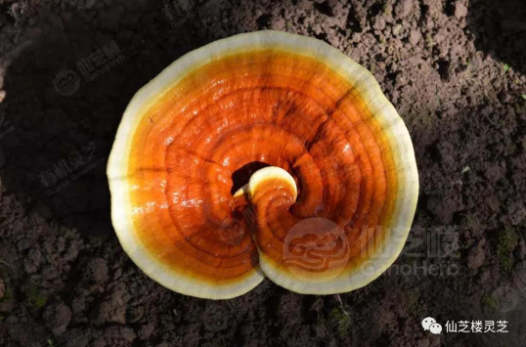
Which kind of Ganoderma is more suitable for the elderly to eat?
At present, there are more than one hundred kinds of Ganoderma in the world, and there are dozens of them in China, but there are only more than ten kinds of Ganoderma for medicinal purposes. In Sheng Nong’s Herbal Classic, Ganoderma is divided into “six zhi” according to its color, namely, red zhi, yellow zhi, white zhi, black zhi, purple zhi, and green zhi.
Relatively speaking, only red zhi (Ganoderma lucidum) and purple zhi (Ganoderma sinensis) can be confirmed in medical effects at present. Healing deficiency and replenishing qi, nourishing the mind and soothing the nerves are the common effects of Ganoderma lucidum and Ganoderma sinensis. This is why Ganoderma is used to prolong one’s life, strengthen the body’s resistance and cure diseases.
04
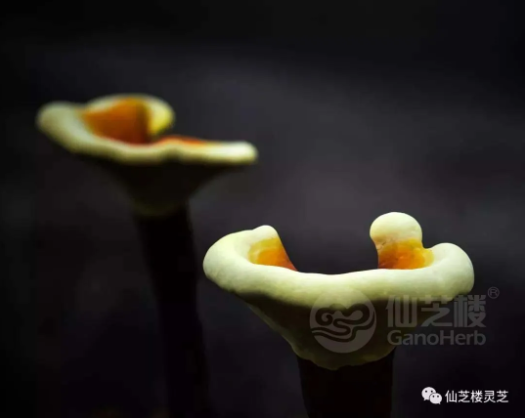
Can eating Ganoderma improve insomnia and neurasthenia?
Ganoderma is not a sedative and hypnotic, but by repairing the neuro-endocrine-immune system disorders caused by long-term insomnia, it blocks the resulting vicious circle, improves sleep, and significantly reduces or eradicates other symptoms. In modern national pharmacopeia, Ganoderma is an effective medicine for aiding sleep and soothing the nerves.
Ganoderma preparations have significant effects on neurasthenia and insomnia. Generally, patients will feel the obvious effect within 1-2 weeks after taking the medicine. The specific manifestations include the reduction or disappearance of symptoms such as palpitations, headaches, and dizziness, improvement in sleep, increase in appetite, weight gain, refreshment in spirit, enhancement in memory, and increase in physical strength. Other comorbidities have also improved to varying degrees.
The information comes from Lingzhi, From Mystery to Science written by Zhi-Bin Lin.
05
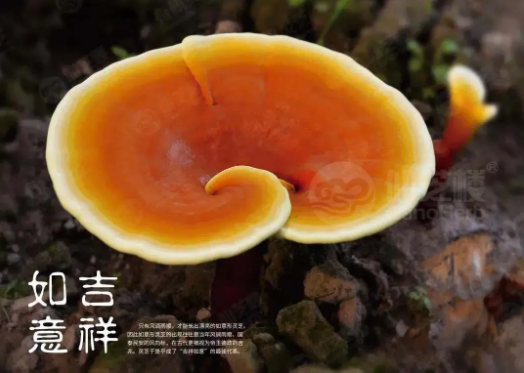
Can Ganoderma be used to prevent and treat diabetes?
Clinical studies have found that Ganoderma preparations can lower the blood sugar of diabetic patients and improve their symptoms. It can be used in combination with hypoglycemic drugs to enhance its blood sugar lowering effect, and can also improve insulin resistance and oxidative stress damage.
Ganoderma regulates blood lipids, reduces whole blood viscosity and plasma viscosity, and improves patients’ blood rheology disorders, which may be related to delaying and reducing the occurrence of diabetic vasculopathy and related complications.
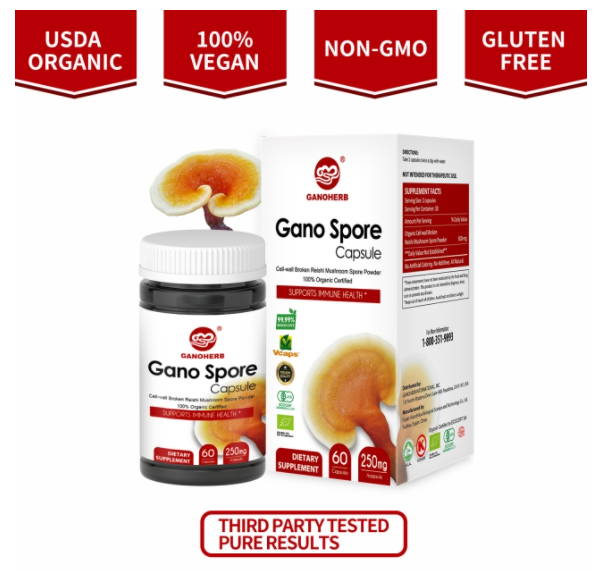
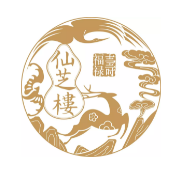
Pass on the Millennia health Culture
Contribute to Wellness for All



